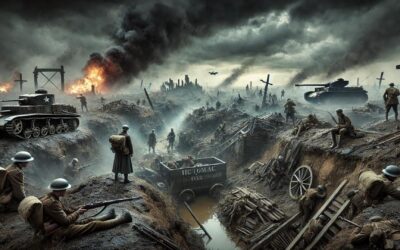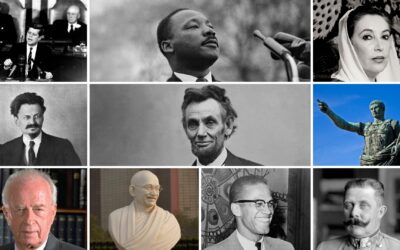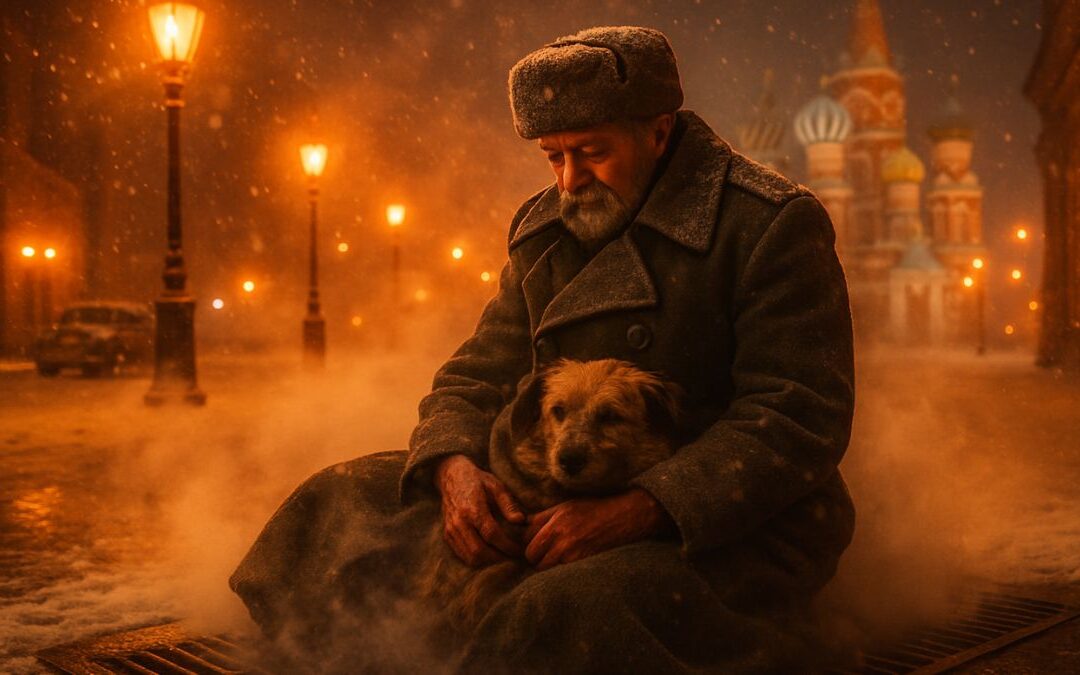From the heart of the desolate New Mexico desert on July 16, 1945, humankind propelled itself into the Nuclear Age with the successful test of the first atomic bomb. This unprecedented leap in destructive potential, aptly code-named ‘Trinity,’ would set the stage for a perilous arms race that would define much of the 20th century and beyond. From the initial atomic bombs to today’s thermonuclear weapons, this article aims to explore the chilling progression of nuclear armaments: from Fat Man to Tsar Bomba, a tale of human ingenuity employed in the service of destruction.
The journey begins with ‘Little Boy’ and ‘Fat Man,’ names given to the bombs dropped on Hiroshima and Nagasaki, respectively, in August 1945. These were the first practical applications of nuclear weaponry, using two different methods to achieve their deadly payloads. Little Boy utilized uranium-235 and relied on a gun-type design, propelling one piece of sub-critical uranium into another to achieve a supercritical mass.
Fat Man, on the other hand, used a more complicated but also more efficient implosion-type design. It employed plutonium-239 surrounded by a shell of conventional explosives. When detonated, the explosives compressed the plutonium into a supercritical mass, setting off the nuclear chain reaction. This design proved more versatile and scalable, forming the basis for many subsequent nuclear weapons.
After the end of the Second World War, the United States and the Soviet Union embarked on a relentless race to accumulate nuclear arsenals, a dangerous game of one-upmanship that would fuel the Cold War. The development of these weapons brought about innovations, primarily marked by the shift from fission to fusion-based weapons, or hydrogen bombs.
In 1952, the United States detonated the first hydrogen bomb, code-named ‘Ivy Mike.’ Unlike the fission bombs of Hiroshima and Nagasaki that broke apart atoms to release energy, this thermonuclear weapon fused atoms together. The bomb used a fission device – akin to Fat Man – as a ‘trigger’ to generate the extreme temperatures necessary to induce fusion in a secondary stage, filled with isotopes of hydrogen: deuterium and tritium. The resulting explosion was over 450 times more powerful than Fat Man.
The arms race continued, and just nine months after ‘Ivy Mike,’ the Soviet Union detonated its first hydrogen bomb, named ‘Joe-4.’ Though less powerful than Ivy Mike, Joe-4 was far more practical. It was a deliverable weapon, unlike Ivy Mike, which was essentially an experimental device too large for use in actual warfare.
The culmination of this deadly contest came on October 30, 1961, when the USSR detonated the largest nuclear weapon in history, the AN602, better known as the ‘Tsar Bomba.’ This hydrogen bomb produced an explosion estimated at 50 megatons, over 3,000 times more powerful than the bomb used on Hiroshima, creating a fireball visible over 600 miles away.
Fortunately, Tsar Bomba represents the peak, not a stepping stone, in the terrifying climb of nuclear weapons development. Since then, nuclear disarmament agreements have led to the reduction of nuclear stockpiles, and the emphasis has shifted from sheer power to accuracy, miniaturization, and multiple independently targetable reentry vehicles (MIRVs).
However, the long shadow of the nuclear threat has never truly lifted, and today, we face a more complex, arguably more precarious nuclear landscape. Numerous nations now possess nuclear weapons, while others strive to develop them, and the risk of nuclear terrorism is an ever-present concern. As we progress into the 21st century, the lessons learned from Fat Man to Tsar Bomba remind us of the high stakes in the ongoing quest for nuclear security and disarmament.
Keywords:
- Nuclear Age: The period in history marked by the development of nuclear weapons and nuclear power.
- Atomic Bomb: A weapon with great explosive power that results from the sudden release of energy upon the splitting, or fission, of the nuclei of heavy atoms like uranium or plutonium.
- Supercritical Mass: The smallest amount of fissile material needed for a sustained nuclear chain reaction.
- Conventional explosives: Usual explosive materials that cause a sudden conversion of matter into energy through a physical or chemical reaction.
- Thermonuclear Weapon: A weapon that uses nuclear fusion (joining light atomic nuclei to form heavier ones), a process that releases far greater energy than nuclear fission.
- Fission Device: A device that uses nuclear fission (splitting of atomic nuclei) to release energy.
- One-upmanship: The technique or practice of gaining an advantage or feeling of superiority over another person.
- Isotopes: Variants of a particular chemical element which differ in neutron number.
- Independently targetable reentry vehicles (MIRVs): A type of missile payload containing several warheads, each capable of being aimed to hit a different target.
- Nuclear Disarmament: The act of reducing or eliminating nuclear weapons.
Key Takeaways:
- The first atomic bombs, ‘Little Boy’ and ‘Fat Man,’ used uranium and plutonium respectively, employing different designs for achieving a supercritical mass.
- The arms race post-World War II led to the development of more sophisticated and powerful nuclear weapons, notably the shift from fission to fusion-based weapons.
- ‘Ivy Mike,’ the first hydrogen bomb, marked a significant leap in destructive potential by fusing atoms together.
- ‘Tsar Bomba,’ the largest nuclear weapon ever detonated, represented the peak of the arms race, with its destructive power over 3000 times that of the Hiroshima bomb.
- The emphasis in nuclear weaponry has shifted from sheer power to accuracy, miniaturization, and MIRVs.
- The modern nuclear landscape is complicated by the presence of numerous nuclear states, the desire of other nations to acquire nuclear capability, and the risk of nuclear terrorism.
The Nuclear Age Articles
Unraveling The Atomic Age: The Life and Legacy of J. Robert Oppenheimer
Unveiling the Atom: The Manhattan Project’s Deep Impact on World History
Albert Einstein: The Maverick Mind that Revolutionized Physics
Leo Szilard: The Atomic Pioneer’s Crusade for Peace
The Ethical Odyssey: Exploring Morality in the Course of Scientific Discovery
Los Alamos National Laboratory: Navigating the Past, Present, and Future of Scientific Innovation
The Cold War: Superpowers in the Ballet of Weaponry
Nuclear Proliferation: The Ever-Present Global Challenge
Interplay of Science and Politics: The Unsung Dance of Progress
Enrico Fermi: Mastermind Behind the Nuclear Age
From Atomic To Thermonuclear: A Detailed Examination of Nuclear Weapon Evolution
The Unforgotten Echoes: Hiroshima and Nagasaki’s Tale of Nuclear Devastation and Human Resilience
Living Under the Mushroom Cloud: The Psychological Impact of the Nuclear Age
Nuclear Fallout: Unmasking the Invisible Threat to Health and Environment
The Power and Peril of Nuclear Energy: A Balanced Perspective
Radiation Sickness: Unveiling the Hidden Costs of the Nuclear Age
From Darkness to Light: Lessons from Chernobyl and Fukushima
Deciphering the Nuclear Waste Conundrum: The Path Towards Sustainable Solutions
Guarding the World from Nuclear Threats: International Laws for Nuclear Disarmament
Journey to Peace: Unraveling the Path to Global Nuclear Disarmament
Culture Echoes of the Atomic Age: Artistic Narratives in the Nuclear Era










0 Comments